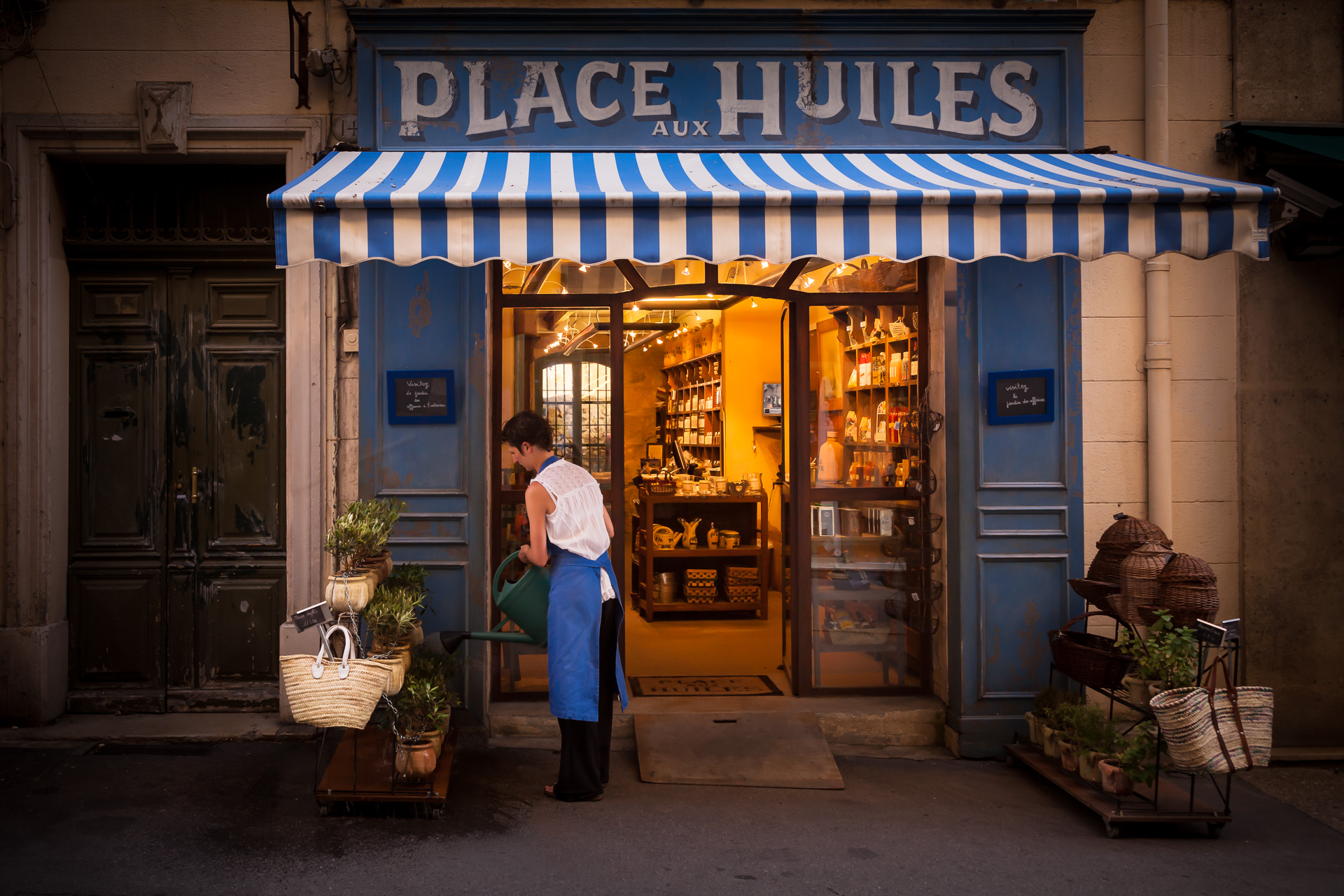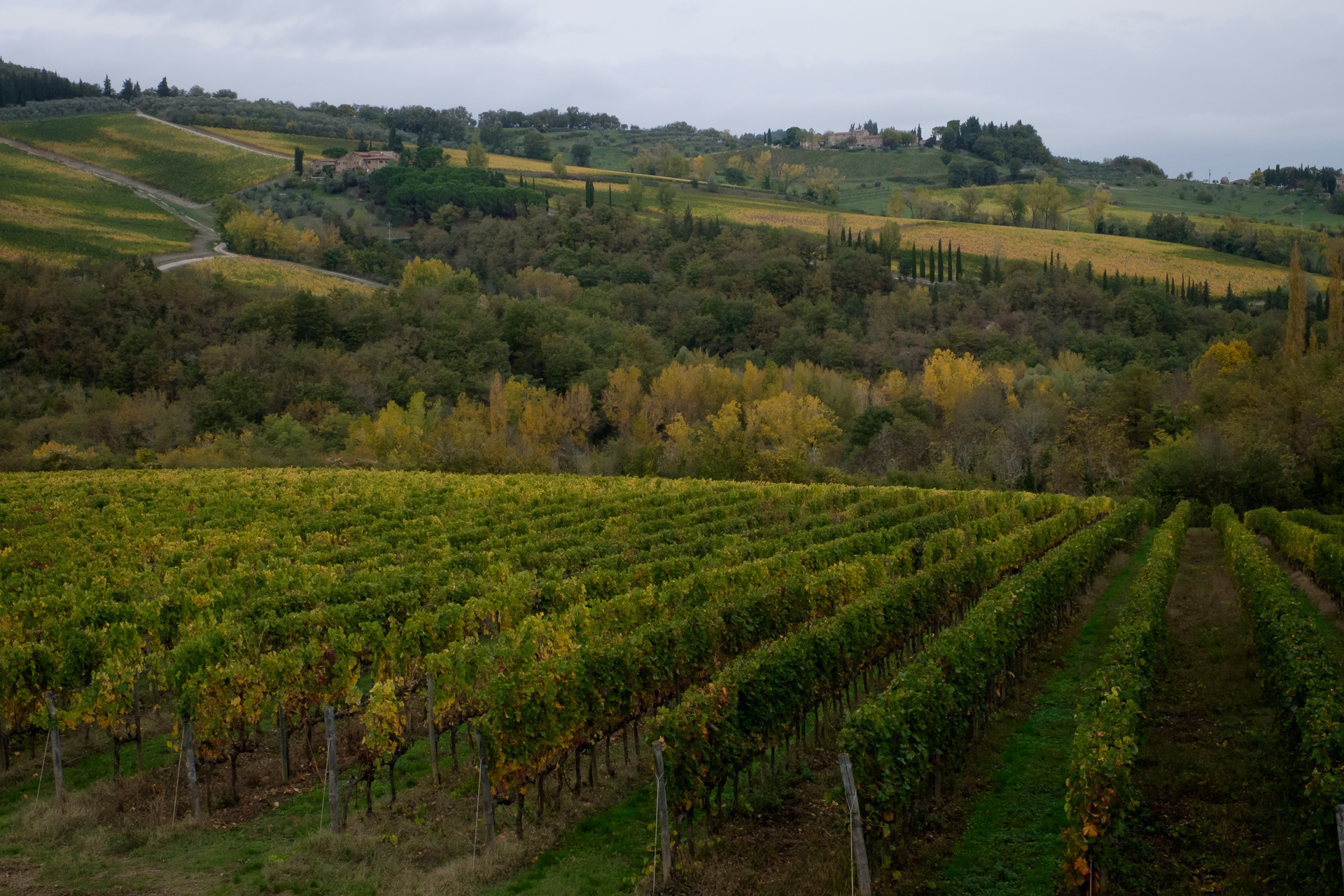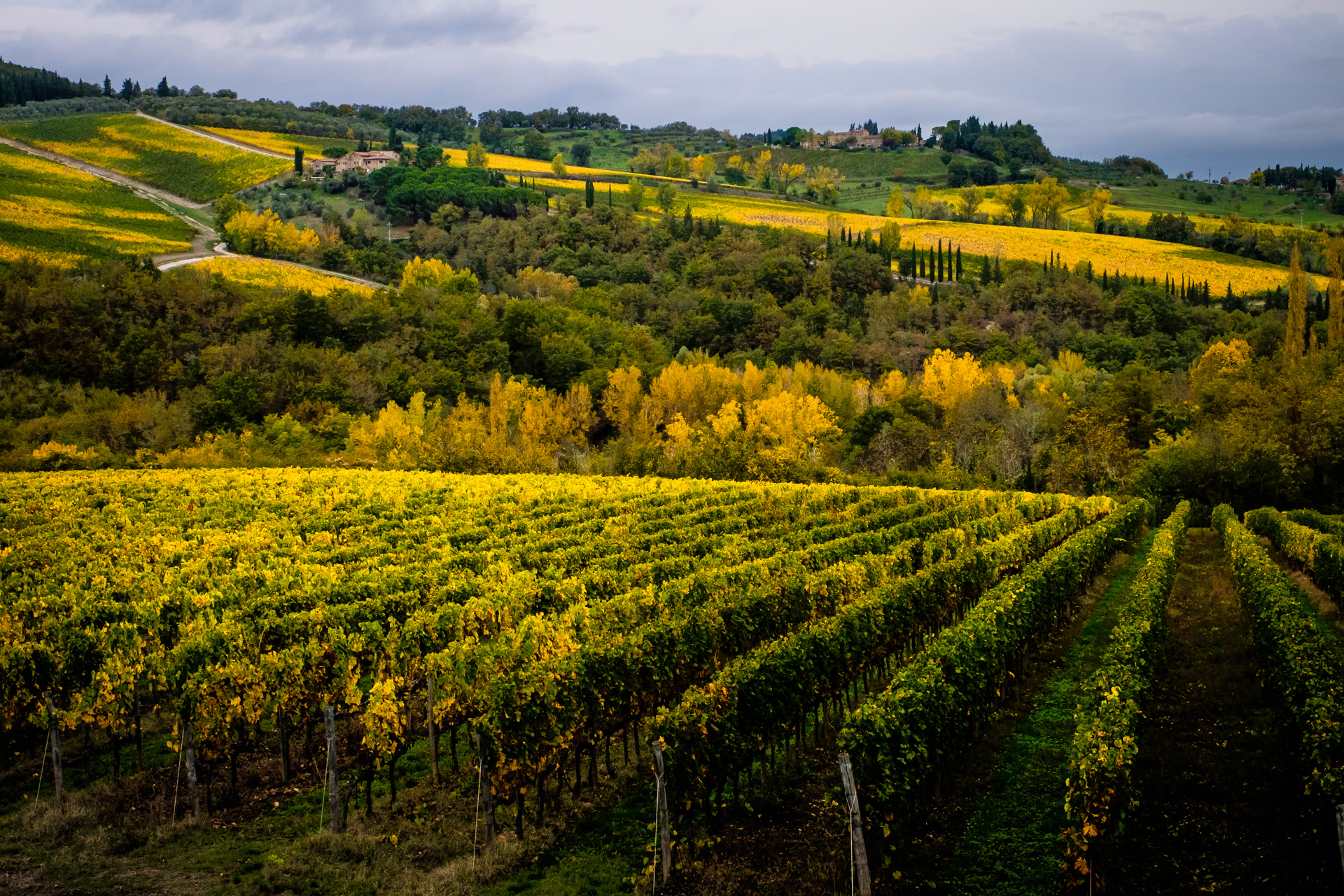A Lightroom course, that’s not really about Lightroom.
Great images come from the vision of the photographer; from good visual design, sensitivity to light and (sometimes) good use of colour. Great images do not require expensive gear or the latest technology
All of the important image making decisions are be made before the click, since all we can do later in post-production is refine and polish what’s already there. With that said, digital image capture and the editing possibilities that follow have opened up a whole new world of visual expression. In a sense we have been handed back the level of control possible in the hands of a skilled craftsman working in the chemical black & white darkroom. Digital post-production has however, taken those possibilities, extended them by an order of magnitude, applied it to colour in ways that were never possible in the chemical darkroom — and made all of this accessible to even beginner photographers.
There are lots sites that provide lessons on image editing in Photoshop and Lightroom. In most the emphasis is pretty much always on procedure and very prescriptive — mostly a walk through the author’s specific approach to editing. A consistent suggestion to, for example, “Move the shadow slider to the right open up the shadows” may fit that photographer’s style, but the bigger question in my mind is, “Why? Sometimes I like strong, dark shadows.”
This emphasis on process over vision, at least to me, is backwards. A photographer’s vision should always inform their approach to editing an image. You have to understand what it was about an image that caused you to pick up the camera in the first place. What visual elements in your image are most important in telling your story? Are other elements “stealing the the viewer’s attention?” Emphasizing important visual elements, minimizing others, establishing an appropriate mood, and leading the viewer’s eye. You must have a at least some idea of how you will approach each of these questions before you begin to move any sliders.
After all, if you don’t know where you are going, how will know how to get there, let alone, if you’ve arrived?
So, in this course is we flip the discussion, and focus on the image first rather then the process. At its most basic, all photography is about visual communication. With any photo, you are trying to show the viewer something about your subject. Our job as photographers is to evoke in our viewers the same emotional response that we felt, in that place, at the moment when we clicked the shutter. Learning to edit images in this way begins with understanding why we choose to photograph certain subjects. It’s essential, but often difficult, to describe for ourselves what it is about an image that makes us want to capture it in the first place. Is it the light, a line, a pattern, or something else? Remember that sometimes the real subject isn’t a physical thing… for example, a mood can also be the subject. Thinking about this “before the click” is important because all you can do later in post is refine what is already there. When you understand what it was about an image that made you pick up the camera, you can plan your editing approach to help the viewer see the image as you did. Editing your images without a plan is like trying to write poetry by randomly banging on a keyboard.
So, while vision must always precede technique, technical mastery of the tools can’t be ignored either. Technical mastery provides the means to realize vision. On the surface, this class is a deep dive into the Develop module of Adobe Lightroom Classic or Camera Raw. We cover every panel and each control in the Develop module in detail. More importantly, we describe how the controls, both global and local, interact with one another.
I’ve distilled the content of this part of the course down to just what you need to understand, to successfully edit images in Lightroom Classic, based on YOUR artistic goals. And, while I don’t think you have to become a colour scientist or a software engineer to successfully edit images; I do think that understanding why” you are doing something a certain way, rather than just “how” is important. Knowing the “why” prepares you to handle new or unfamiliar editing situations.
In this course, I won’t give you recipes to follow; I won’t show you how to make your images “awesome” or “cool”. I will however, suggest an editing workflow that will get you thinking about how the visual elements in your images contribute to what you are trying to say photographically, and to efficiently plan your edits to express that intent. I hope you will join me, and I look forward to seeing you in class.
So, what is included with this course?
- 200+ pages of fully illustrated course material to use an ongoing reference.
- 4.5+ hours of video instruction.
- Downloadable Raw files for each lesson so you can follow along with the written lesson and video demonstrations.
- Detailed discussion and video walk through of many examples beginning with a description of the aesthetic goals for each image, and how these were realized in post.



